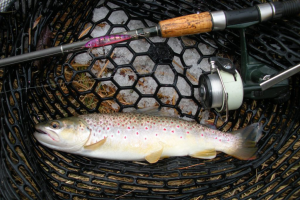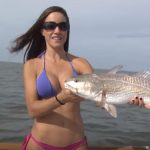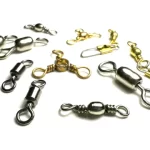Winter fishing enthusiasts who shy away from ice fishing often wonder if open-water options exist during the coldest months. In Nebraska, the answer is a resounding yes. Trout streams, many fed by groundwater springs, remain relatively ice-free, offering anglers the chance to experience the joys of winter trout fishing.
Prime Locations and Target Species
Most of Nebraska’s trout streams are located in the northern and western regions. According to the Nebraska Fishing Forecast, top streams like the East Branch of the Verdigre, Long Pine, and Schlagel Creek provide excellent opportunities. Anglers can target rainbow, brown, brook, cutthroat, cutbow, and tiger trout, each presenting its unique challenge and reward.

Winter Trout Fishing Strategies
1. Find Their Hiding Spots
During winter, trout conserve energy by settling in deep pools or under grass-lined banks in slow currents. While their feeding slows due to reduced metabolism, these fish can still put up a strong fight when hooked.
2. Stay Stealthy
Approach streams carefully, moving upstream whenever possible to avoid spooking fish. Wear natural or camouflage colors and use polarized glasses to spot fish and underwater structures. Minimize water disturbances to maintain clear conditions.
3. Opt for Smaller Lures
Trout favor smaller prey in winter. Use tiny baits, artificial lures, or fly patterns to match their diet. Small beadhead nymphs, waxworms, salmon eggs, or spinners can be particularly effective.
4. Experiment with Crankbaits
Small crankbaits can also yield results when fished slowly. Neutrally buoyant models with dark, dull colors are often the most effective for winter trout.
5. Fly Fishing Excellence
Fly fishing can be rewarding during this season. Beadhead nymphs and dry fly patterns work well, especially during midday hatches of midges or insects. Dead-drifting streamers can also entice trout.
6. Fish During Peak Temperatures
Trout are most active on mild winter days when air temperatures hover around or above freezing. Late mornings to mid-afternoons offer the best chances for success.
7. Seek New Habitat Structures
Recent stream modifications, such as added boulders or current breaks, create prime locations to find trout. Streams like Long Pine and Dry Spotted Tail Creeks boast improved habitats that support larger fish populations.
Winter Fishing Safety and Preparation
1. Know the Rules
Review Nebraska’s fishing regulations, including public access areas and size or bag limits, before heading out.
2. Secure Landowner Permission
For private property, obtain permission even if land isn’t posted to avoid legal issues.
3. Dress for the Cold
Layered clothing, insulated hats, neoprene waders, and gloves are essential to stay warm and dry. Wear wool socks with liners and bring extra dry clothing as a precaution.
4. Stay Safe
Fish with a partner when possible, and always inform someone of your plans. Use a wading staff to assess water depth and obstacles. Carry a hot beverage and monitor weather conditions closely to avoid sudden storms or icy roads.
5. Practice Conservation
Release larger fish to preserve breeding populations and keep smaller ones for meals. Handle fish gently, keeping them in water as much as possible to prevent harm from cold air exposure.
6. Prevent Invasive Species
Clean, drain, and dry all gear before moving between streams to protect these fisheries from invasive species.
A Picture-Perfect Winter Adventure
Winter trout fishing isn’t just about the catch; it’s also an opportunity to appreciate the beauty of Nebraska’s streams. Snow-covered landscapes and low winter light create stunning photo opportunities for anglers.
With proper planning, the right gear, and a touch of patience, winter trout fishing in Nebraska’s coolwater streams can become a cherished seasonal pastime. From quiet afternoons in serene settings to the thrill of a catch, the experience is well worth the effort.
Image/Source: outdoornebraska





